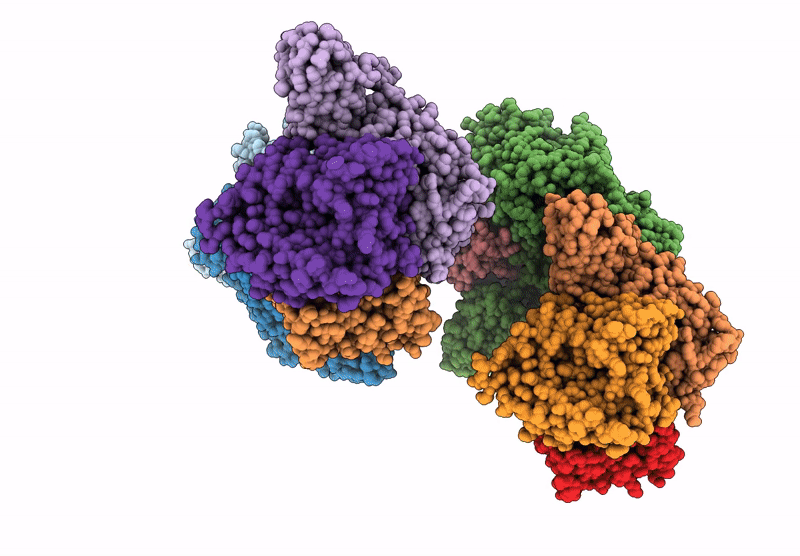
Deposition Date
2024-06-21
Release Date
2025-02-05
Last Version Date
2025-02-05
Entry Detail
PDB ID:
9CCK
Keywords:
Title:
Multi-copper oxidase with a C-terminal cupredoxin domain from Nitrosopumilus maritimus
Biological Source:
Source Organism:
Nitrosopumilus maritimus (Taxon ID: 338192)
Host Organism:
Method Details:
Experimental Method:
Resolution:
1.84 Å
R-Value Free:
0.22
R-Value Work:
0.19
R-Value Observed:
0.20
Space Group:
P 1 21 1


